How to care for cactus strawflower? It is a drought-tolerant plant that thrives in hot, dry climates. It blooms with everlasting flowers, making it a low-maintenance option for gardeners.
These plants need minimal watering and can withstand stormy weather when provided with good drainage. The strawflower cactus plant, along with other succulents like the golden barrel cactus (echinocactus grusonii), adds beauty to any garden.
Surrounding flowers can enjoy the resiliency of these plants. Protecting it against viruses, dealing with common pests and diseases, repotting it, and even growing it from seed. Read on to learn more about how you can care for your Cactus Strawflower!
What is a Cactus Strawflower?
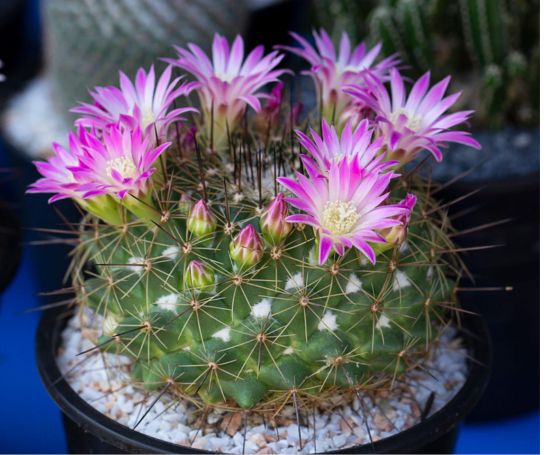
Cactus strawflower, also called everlasting daisy, is a cactus plant with colorful bracts that resemble petals. These bracts last a long time, hence the name everlasting flower. It can be grown from seedlings or stem cuttings and requires good drainage, coarse sand, and low nitrogen fertilizer.
Origin and Specifics of Cactus Strawflower
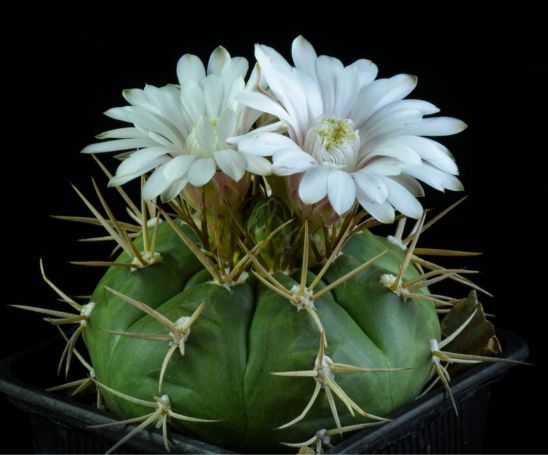
The cactus strawflower, also known as xerochrysum bracteatum, originates from Australia’s hot and arid regions. With sturdy stems and vibrant yellow flowers, this plant is famous for its strawflower stems, which are often used in crafts and floral arrangements.
Cactus strawflowers thrive in full sun and well-drained soil, making them ideal for hot summers and low humidity levels. These plants can tolerate harsh conditions and need minimal care. Their ability to withstand stormy weather and their low watering needs make them a popular choice among gardeners.
How to take care of a cactus strawflower?
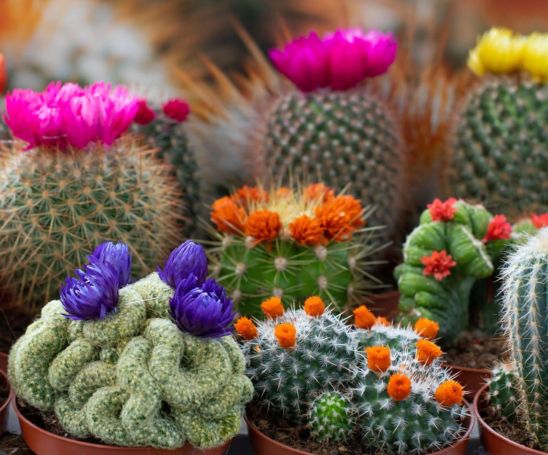
Cactus strawflower plants thrive in full sun and must have good drainage and infrequent watering. During winter, they enter a dormant period and need less water. When transplanting seedlings, choose well-draining soil like cactus soil mix.
Harvest the petals for crafts or arrangements when the bracts are open. To promote healthy growth, apply a balanced flower fertilizer during the growing season. Incorporating these essential tips will ensure the well-being of your strawflower cactus plant.
Lighting Conditions For Starflower
Cactus strawflower plants, also known as starflower, thrive in full sun conditions, requiring at least 6-8 hours of direct sunlight per day. Insufficient sunlight can lead to weak stems, poor flower production, and leggy growth.
To ensure optimal growth, place cactus strawflower plants in a location with good sun exposure, such as a south-facing window or a sunny garden spot.
Adequate lighting conditions are crucial for the health and vibrancy of these strawflower cactus plants, ensuring they can flourish alongside surrounding flowers.
The Best Soil For Starflower Cactus
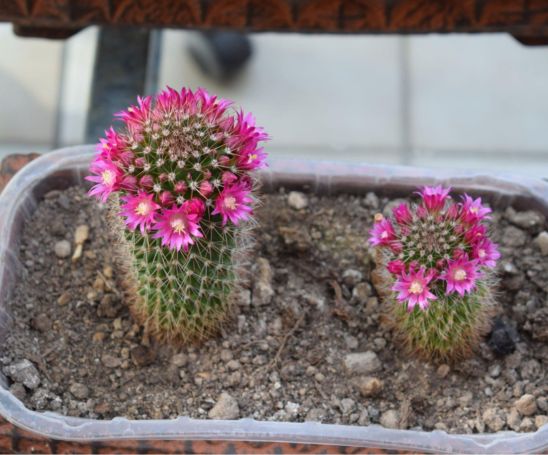
For optimal growth and health, cactus strawflower plants thrive in well-draining soil. It is recommended to use a coarse and sandy soil mix that allows water to drain.
Enhancing the soil with compost not only improves drainage but also provides essential nutrients for the plants. To maintain soil moisture levels, it’s important to water cactus strawflower plants, allowing the soil to dry out between waterings.
Avoid waterlogged soil to prevent root rot and damage to the plant. By providing the best soil conditions, you can ensure the success of your strawflower cactus plant.
Watering Needs
Cactus strawflower plants have low water requirements and can tolerate drought conditions. It is important to water them, allowing the soil to dry out between waterings. When you do water, make sure to water so that the water reaches the plant’s roots.
During the winter months, reduce watering frequency to mimic the plant’s dormant period. Avoid overwatering, as it can lead to root rot, yellow leaves, and decline of the plant. Watering these plants less is more because they thrive in dry conditions.
How To Use Fertilizer For Starflower Cactus
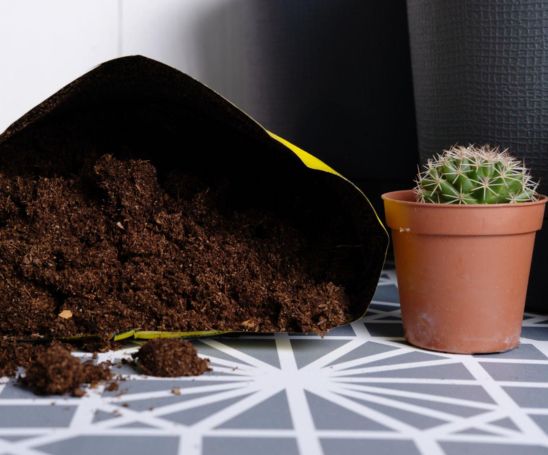
To promote healthy growth and vibrant flowers:
- Need to use fertilizer for your starflower cactus.
- During the growing season, apply a low-nitrogen fertilizer formulated for cacti.
- Follow the instructions provided by the manufacturer and apply the fertilizer at the recommended rate.
- Be cautious not to over-fertilize, as excessive nitrogen can result in leafy growth and reduced flower production.
- Apply fertilizer every 4-6 weeks, starting in spring and ending in late summer.
- Remember to water the plant before and after fertilizer application to prevent fertilizer burn.
Temperature And Humidity
Cactus strawflowers thrive in warm and dry environments, with temperatures ranging from 65-80°F. Adequate ventilation is important to prevent excess moisture buildup, as these plants are prone to root rot in high humidity.
Keeping humidity levels below 50% ensures optimal growth and health. During winter months, protecting cactus strawflowers from frost and freezing temperatures is crucial.
They can be brought indoors or covered with cloth or plastic. Golden barrel cactus (Echinocactus grusonii) and other strawflower cactus plants grow better and thrive in the right temperature and humidity conditions.
Pruning
To maintain the shape and encourage bushy growth of your cactus strawflower plants, regular pruning is essential. When pruning, make sure to use clean and sharp pruning shears to avoid damaging the plant.
Remove any dead, yellow, or diseased stems and leaves to promote overall plant health. Prune your plants after they have finished blooming, as this will stimulate new growth and flower production.
make sure to dispose of pruned plant material to prevent the spread of pests and diseases.
Strawflower Plant Propagation
To propagate strawflower plants, start by selecting a healthy and mature stem. Using clean shears, cut below a leaf node. Remove the lower leaves, leaving only a few at the top of the cutting.
Dip the cut end in a rooting hormone before planting it in well-draining soil. Water and place the cutting in partial shade until roots develop. Once rooted, transplant the strawflower plant to a sunnier location for optimal growth.
Strawflower plant propagation is an effective way to expand your garden with these beautiful flowers.
How To Repot Cactus Starflower?
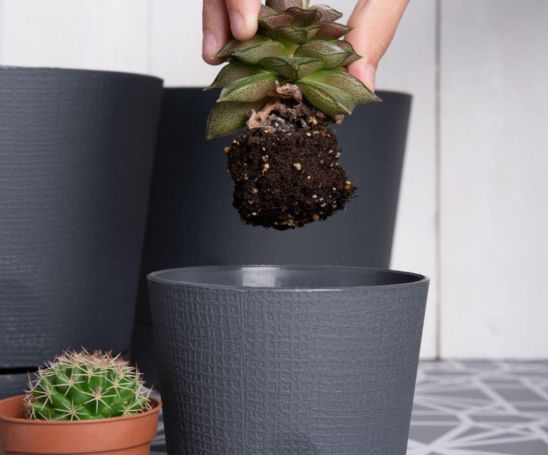
To repot your cactus strawflower, start by selecting a well-draining soil mix, such as cactus soil or a blend of coarse sand, compost, and garden soil. Remove the plant from its current pot, making sure to keep the soil and roots intact.
Place the plant in a larger pot with good drainage holes at the bottom. Backfill the pot with the soil mix, firming it around the roots. After repotting, water and increase watering over the next few weeks.
Common Pests and Diseases Cactus Starflower
Cactus Starflower plants are generally resistant to pests and diseases, but they can sometimes be affected by common houseplant issues. Here are some pests and diseases that may affect Cactus Starflower plants:
Pests
Cactus Starflower is a resilient plant that can thrive in various conditions, it is not immune to pests and diseases. Common pests include mealybugs, spider mites, aphids, and fungus gnats. Inspect your plant and take action if you notice any signs of infestation.
Diseases
This fungal disease thrives in moist environments and attacks the roots of plants, leading to yellowing leaves, stunted growth, and eventually plant death if left untreated.
How often should one inspect a Cactus Strawflower?
Inspecting your cactus strawflower is crucial for maintaining its health. Check for pests, diseases, and nutrient deficiencies at least once a week. Check soil moisture daily to prevent water stress or waterlogging.
During the growing season, more frequent inspections may be necessary. Before winter, conduct a comprehensive inspection to provide special protection against frost and low temperatures. Regular inspections ensure timely intervention and promote plant well-being.
Protection Against Viruses
To protect your cactus strawflower plant from viruses, ensure it is kept in a well-ventilated area. Overwatering should be avoided, as excess moisture can create a breeding ground for diseases.
When handling or pruning your plant, use clean gardening tools to prevent the spread of viruses. Quarantine any new plants before introducing them to your existing cactus strawflower collection.
If you notice signs of a virus, remove and destroy infected parts to prevent further spread. These precautions will help keep your strawflower cactus plant and surrounding flowers healthy and virus-free.
Protection From Windy Weather
To protect cactus strawflower plants from windy weather, it is important to find a sheltered location where they are shielded from strong gusts. Providing support with plant stakes, cages, or garden netting will prevent the plants from leaning or breaking under windy conditions.
Applying mulch around the plants helps to protect the soil from erosion and drying out due to wind exposure. Creating a barrier against strong winds by planting tall plants, fences, or walls can also be beneficial. It’s crucial to inspect the plants after stormy weather for extra support or pruning.
Benefits of Growing Cactus Strawflower
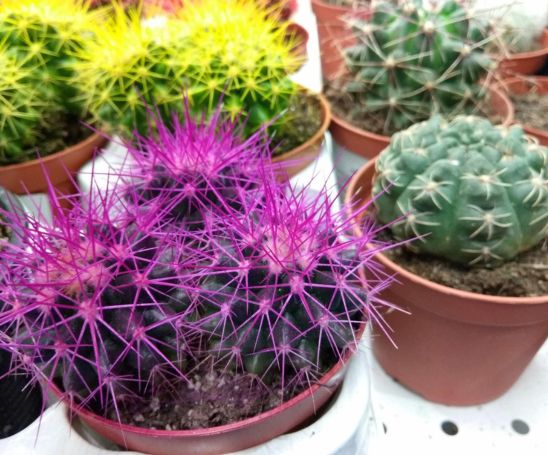
Cactus strawflower plants offer a range of benefits for gardeners. These low-maintenance and water-efficient plants are drought-tolerant, making them perfect for those who want an easy-care addition to their garden.
One of the unique features of these plants is their everlasting strawflower stems and petals, which can add long-lasting beauty to flower arrangements or crafts. With their vibrant colors, cactus strawflowers bring visual interest and cheer to garden landscapes.
The presence of these plants can also attract pollinators, such as bees and butterflies, which increase the biodiversity of the garden. Their ability to thrive in hot, dry climates also makes them suitable for xeriscaping or water-wise gardening.
How to Grow Strawflower From Seed?
To grow strawflower from seed, start by sowing the seeds indoors, around 6-8 weeks before the last frost date. Use a seed-starting mix and cover the seeds with soil. Strawflower seeds need light to germinate, so make sure they are exposed to enough light.
Keep the soil moist but avoid overwatering. Once the seedlings have developed strong stems and leaves, transplant them into individual pots. Before planting them in the garden, expose the seedlings to outdoor conditions to harden them off.
Frequently Asked Questions
How big do strawflower cactus get?
Strawflower cactus can vary in size, reaching up to 3 feet tall and 2 feet wide depending on the species and growing conditions. Researching your specific variety will help determine its potential size. Proper care, including sunlight and well-draining soil, can control the size of your strawflower cactus.
How long do strawflowers last?
Strawflowers are known for their long-lasting blooms, which can persist for a year or more. By providing proper care and maintenance, you can extend the lifespan of strawflowers. Encouraging new growth through deadheading and preserving them by drying are popular techniques to prolong their blooming and keep their beauty alive.
How do you take care of a cactus plant indoors?
To care for a cactus plant indoors, use a well-draining soil mix designed for cacti. Place the plant in a sunny spot with at least 6 hours of direct sunlight daily. Water, only when the soil is completely dry. Fertilize with a cactus-specific fertilizer every two weeks during the growing season.
Do strawflowers need sun?
Strawflowers thrive in sunlight. They need at least 6 hours of direct sunlight daily for optimal growth. While they can tolerate partial shade, it may affect their blooming. Ensure you plant them in a location with ample sunlight for the best results.
How tall do giant strawflowers get?
Giant strawflowers can reach heights of up to 3 feet, making them an impressive addition to your garden. To ensure their growth, provide them with full sun and well-drained soil. Remember to water them, but be cautious as overwatering can lead to root rot. Deadheading spent blooms will encourage new growth and prolong the blooming period.
Does strawflower cactus bloom?
Yes, strawflower cactus do bloom. Their flowers are usually yellow or orange. Blooming occurs during the summer months. To encourage blooming, make sure to water and fertilize.
Does A Cactus Strawflower Bloom?
Yes, a cactus strawflower does bloom. The plant produces small, bright yellow flowers that bloom in the summer. To encourage blooming, it’s important to ensure that the plant is receiving adequate sunlight and water. Deadheading spent blooms can also help promote more flowering.
Conclusion
To ensure the health and longevity of your cactus strawflower, it is important to provide it with the proper care and maintenance. By understanding its specific needs for lighting, soil, watering, temperature, and humidity, you can create an ideal environment for your plant to thrive. It must be inspected and pruned to maintain its health and prevent diseases and pests. You can also keep your plant happy by propagating and repotting your cactus strawflower. With proper care and attention, you can enjoy the benefits of growing these beautiful flowers and creating a stunning display in your home or garden.
You may also like How To Make A Christmas Cactus Bloom







